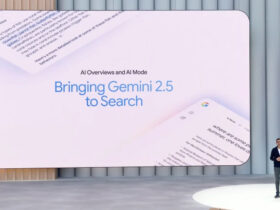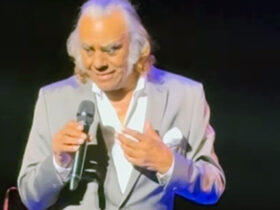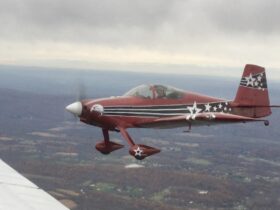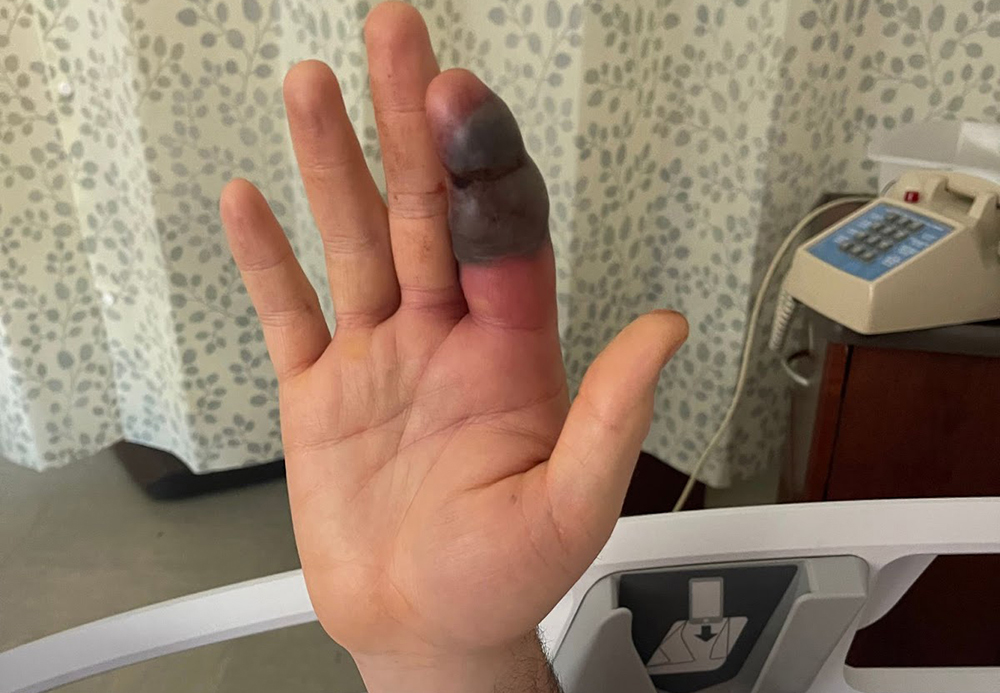Dan Geiger, an avid cyclist, loves nothing more than a ride along the scenic Palisades Cliffs. He appreciates the natural beauty and the wildlife, so when he spotted a small snake sitting on the bike path, his first thought wasn’t fear, but concern. He’d seen snakes flattened by bikes and cars there before, and he didn’t want this one to meet the same fate.
He first tried nudging the snake with his water bottle, hoping it would slither away. When it didn’t budge, Dan made a split-second decision he now regrets. He reached out with his hand. In a flash, the snake struck, sinking its fangs into his finger.
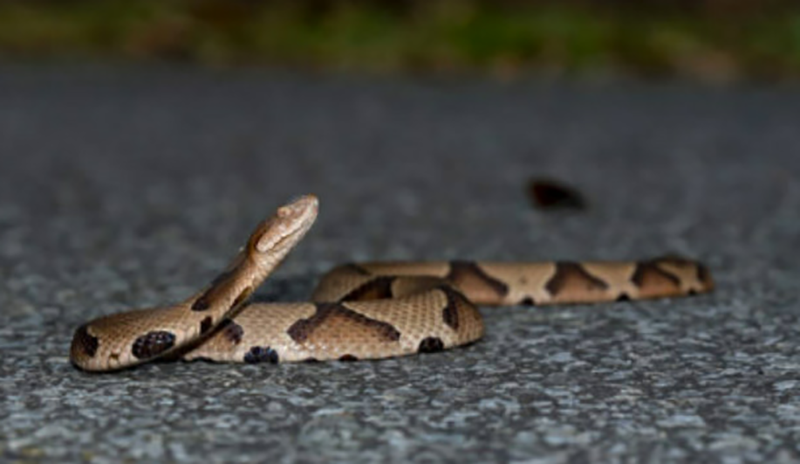
Time Was Of The Essence
Dan immediately knew something was wrong. Although he didn’t know what type of snake it was, he assumed based on how much he was bleeding, it was venomous, so he stopped two passing walkers who quickly called 911. The dispatcher, aware that Hackensack Meridian Hackensack University Medical Center (HUMC) has a nationally recognized medical toxicology program with the expertise and tools to manage emergencies like this, directed the ambulance there.
Time was of the essence. Dan was bitten by a Copperhead snake and its venom, while rarely fatal, can cause significant damage to the affected limb. It contains toxins that break down tissue, causing intense pain, swelling, blistering, and even tissue death (necrosis). The venom also disrupts blood clotting, leading to internal bleeding and further complications. The longer the venom circulates, the more widespread the damage.
ED to ICU: Surprised Staff
At HUMC, the Emergency Department team, although surprised to hear a venomous snakebite victim was en route, was on the ready. Dr. Daria Falkowitz, MD, Director of the Division of Toxicology and Khizer Rizvi, MD, attending physician/toxicologist initially cared for Dan in the ED with collaboration from Joseph Zambratto, MD, toxicologist who continued management of Dan’s care in the ICU and Gabrielle Procopio, PharmD, the ED’s clinical pharmacist who with her team, coordinated the antidote.
While snake envenomations are not common in Bergen County, venomous snakes are known to inhabit the surrounding area. A first case for the hospital, the toxicology team was well prepared having managed snakebites previously.
Anti-venom, the only effective treatment for a venomous snakebite, is administered intravenously (through an IV). It contains antibodies that neutralize the venom’s toxins. The dosage depends on the severity of the bite and the patient’s reaction. In Dan’s case, the quick action of the bystanders and the paramedics, combined with the readily available anti-venom at HUMC, likely saved his hand from serious, permanent damage.
“HUMC’s dedicated toxicology team, their coordinated response, and the readiness of the anti-venom provide a critical safety net for the community in the face of unique cases, such as Dan’s,” says Gregory Sugalski, MD, MBA, Interim Chair of Emergency Medicine at HUMC, who explains that HUMC’s specialized toxicology department is a unique resource in the region.
“We also provide expert care for medication overdoses and poisonings, as well as envenomations, and other complex medical situations, not found at every hospital,” Sugalski added.
Luckily, Antivenom Was On Hand
Few hospitals carry antivenom because it’s expensive, has a limited shelf life, and venomous snakebites are relatively rare in this region. This makes HUMC’s decision to stock it a testament to the hospital’s commitment to providing comprehensive emergency care, making it a premiere emergency department prepared for even the most unusual situations.
Dan’s story is a happy reminder of the importance of having these resources available and the life-saving difference they can make.
Dan spent two nights at HUMC for observation and was then discharged, incredibly grateful to be heading home to NYC where he works as a writer, although he won’t be using his hand for another week or so until the residual swelling and bruising subsides.
He still loves the Palisades and its wildlife, but he’s learned a valuable lesson: admire from a distance. He’ll think twice before intervening again, no matter how good his intentions.


